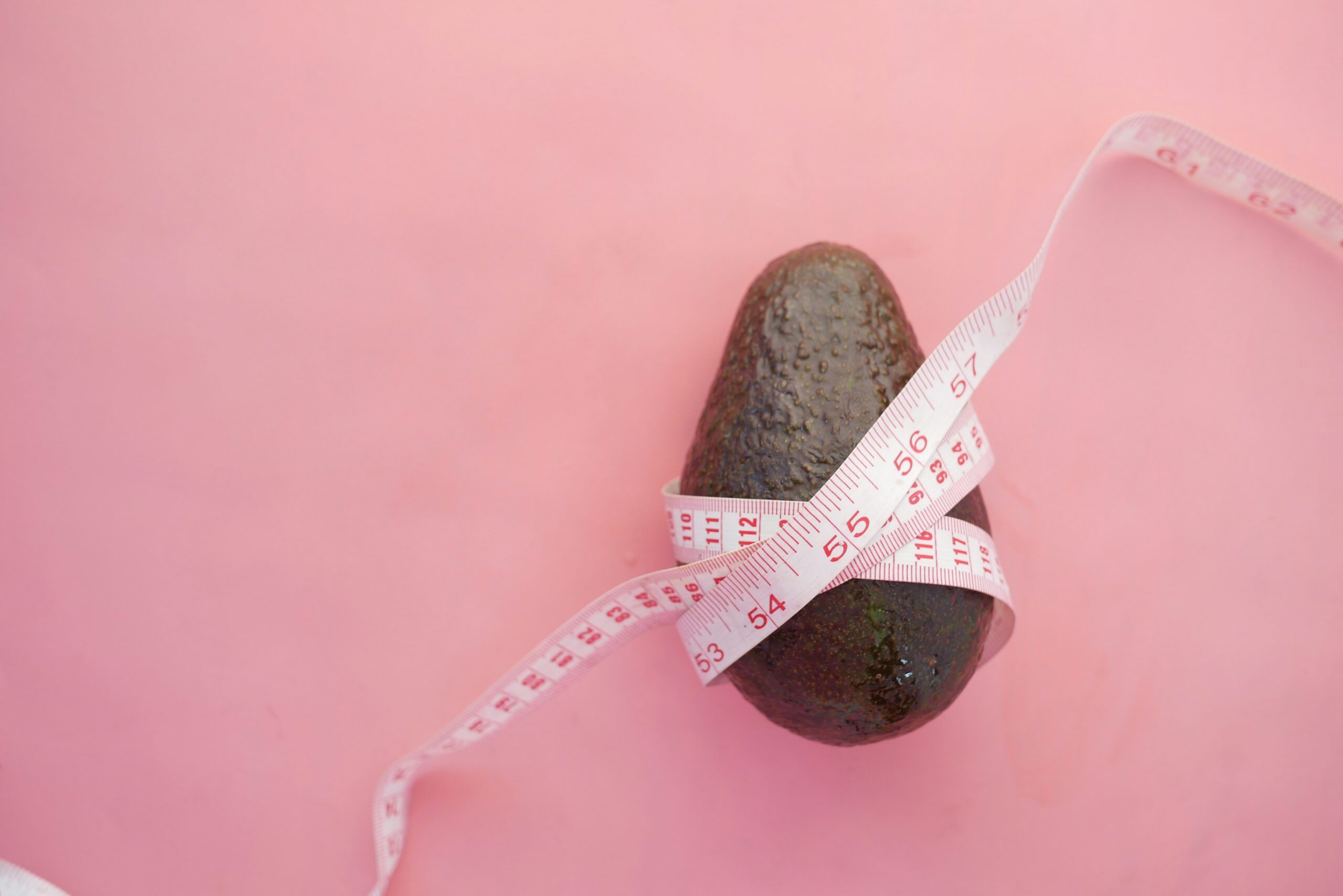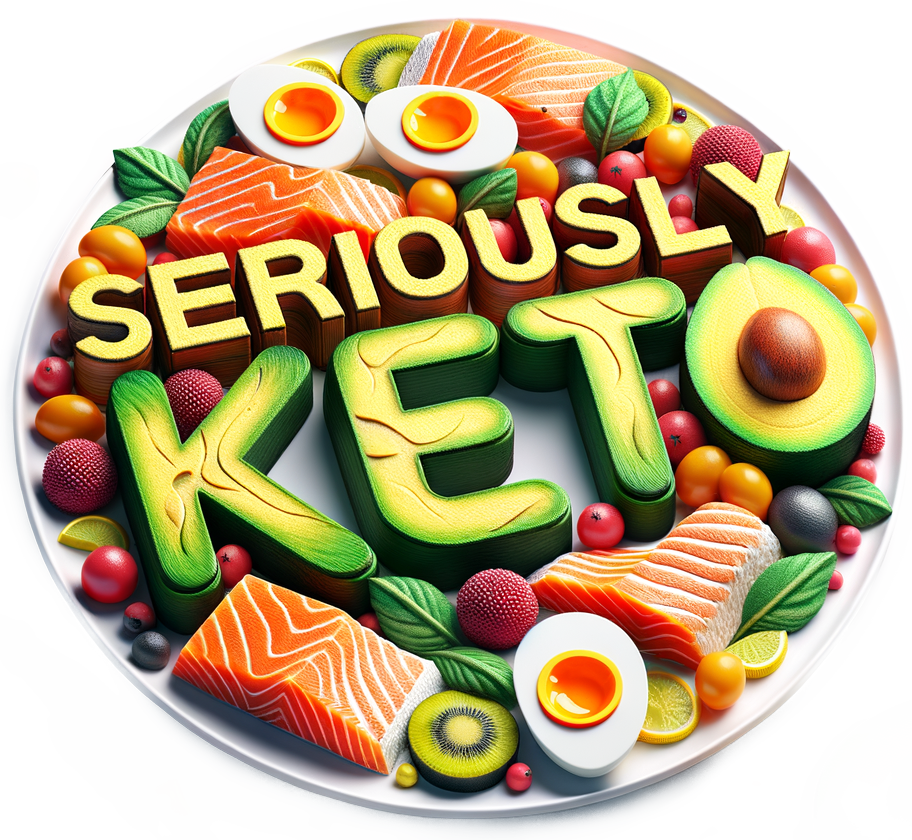Did you know that following a ketogenic diet doesn’t mean you have to eliminate all vegetables from your meals? In fact, there are several specific veggies that are not only allowed but also highly recommended on the keto diet! These veggies are low in carbohydrates and high in essential nutrients, making them perfect for those aiming to maintain a state of ketosis while still enjoying a variety of tasty and nutritious foods. So, if you’re curious about which vegetables you can include in your keto-friendly meals, we’ve got you covered!

Understanding the Keto Diet
The Keto Diet, short for the ketogenic diet, has been gaining popularity for its potential benefits in weight loss and improving overall health. The basic principle of the diet is to drastically reduce your carbohydrate intake and replace it with a higher intake of fats. By doing so, your body enters a state of ketosis, where it switches from burning carbohydrates for energy to burning fats. This is believed to promote weight loss and improve insulin sensitivity.
The role of carbohydrates in Keto Diet
Carbohydrates play a crucial role in the Keto Diet. Since the goal is to minimize carb intake, it is important to understand which foods are high or low in carbs. Carbohydrates are a source of energy for the body, and when consumed in excess, they get stored as fat. By limiting carbohydrate intake, the body is forced to utilize stored fat as its primary source of energy, thus leading to weight loss.
Benefits and drawbacks of the Keto Diet
The Keto Diet has several benefits, such as weight loss, improved blood sugar control, reduced inflammation, and increased mental clarity. It has also shown potential in helping manage certain medical conditions like epilepsy and polycystic ovary syndrome (PCOS). However, like any diet, there are drawbacks to consider. The initial adjustment period, commonly known as the “keto flu,” can cause symptoms like fatigue, headaches, and irritability. Additionally, the diet can be restrictive and may require careful planning to ensure adequate nutrient intake.
The Importance of Vegetables in Keto Diet
While the emphasis in the Keto Diet is on fats and protein, vegetables still play a crucial role in maintaining a healthy and balanced diet. Vegetables are packed with essential vitamins, minerals, and fiber that support overall health and well-being.
Nutritional value of vegetables
Vegetables are a rich source of essential nutrients. They provide vitamins like vitamin C, vitamin A, and vitamin K, as well as minerals like potassium, magnesium, and calcium. These nutrients are crucial for maintaining bodily functions and supporting a healthy immune system. Additionally, vegetables are low in calories, making them an ideal choice for those looking to manage their weight on the Keto Diet.
Factors that make certain vegetables suitable for Keto Diet
Not all vegetables are created equal when it comes to the Keto Diet. The primary factor to consider is the carbohydrate content of the vegetable. Since the goal is to limit carb intake, it is important to choose vegetables that are low in carbohydrates. Other factors that make certain vegetables suitable for the Keto Diet include their nutrient density, fiber content, and overall impact on blood sugar levels.
Balancing vegetable intake in Keto Diet
While vegetables are an important component of a healthy diet, it is crucial to strike a balance when following the Keto Diet. Some vegetables, although low in carbs, still contain calorie content that can add up if consumed in excessive amounts. It is important to moderate your vegetable intake and focus on variety while ensuring you are staying within your daily macronutrient goals.
Types of Vegetables in the Context of Keto
To navigate the world of vegetables on the Keto Diet, it is helpful to understand the different types of vegetables and their carb content.
High-carb vegetables
High-carb vegetables are those that contain a significant amount of carbohydrates. Examples include potatoes, sweet potatoes, corn, and peas. These vegetables are typically higher in starch and sugar, making them less ideal for the Keto Diet due to their impact on blood sugar levels.
Low-carb vegetables
Low-carb vegetables, on the other hand, are those that contain minimal amounts of carbohydrates. Examples include leafy greens, broccoli, cauliflower, and zucchini. These vegetables are key staples in the Keto Diet as they provide essential nutrients while keeping carb intake low.
Starchy vs non-starchy vegetables
Another way to classify vegetables in the context of the Keto Diet is by categorizing them as starchy or non-starchy. Starchy vegetables, as the name suggests, are higher in starch and carbohydrates. Non-starchy vegetables, on the other hand, are lower in carbohydrates and often higher in fiber. Examples of starchy vegetables include potatoes and corn, while non-starchy vegetables include leafy greens and cruciferous vegetables.
Recommended Vegetables on Keto
When following the Keto Diet, there are certain vegetables that are particularly beneficial and align well with its principles.
Leafy greens
Leafy greens such as spinach, kale, and lettuce are nutritional powerhouses that are extremely low in carbohydrates. They provide an abundance of vitamins, minerals, and antioxidants while contributing minimal calories. Leafy greens can be incorporated into salads, stir-fries, or even used as wraps for a versatile and delicious way to boost your vegetable intake on the Keto Diet.
Cruciferous vegetables
Cruciferous vegetables like broccoli, cauliflower, and Brussels sprouts offer a range of health benefits while being low in carbohydrates. They are packed with fiber, vitamins, and minerals that support digestive health and immune function. These vegetables can be roasted or steamed, or even used as a base for delicious Keto-friendly casseroles.

Protective vegetables
Certain vegetables have protective properties against chronic diseases and offer unique health benefits. Examples include garlic, onions, and mushrooms. These vegetables are not only low in carbohydrates but also contain bioactive compounds that support cardiovascular health, boost the immune system, and have anti-inflammatory properties. Adding these vegetables to your Keto meals can help enhance the nutritional value while adding flavor and complexity to your dishes.
Nutrient-rich vegetables
Vegetables like bell peppers, asparagus, and green beans are excellent sources of vitamins and minerals. They are low in carbohydrates and can be enjoyed in various Keto recipes. These vegetables provide essential nutrients while adding color and flavor to your meals, making them a valuable addition to your Keto Diet.
Importance of Fiber in Keto
Fiber is an often overlooked but important component of a healthy diet, including the Keto Diet. It plays a crucial role in digestion and overall gut health.
Understanding dietary fiber
Dietary fiber is a type of carbohydrate that cannot be digested by the body. It adds bulk to the diet, aids in digestion, and helps regulate bowel movements. Fiber is also known for its ability to promote satiety and control appetite, which can be beneficial when following the Keto Diet for weight loss.
Role of fiber in digestion
Fiber acts as a prebiotic, which means it provides nourishment for the beneficial bacteria in the gut. This helps maintain a healthy balance of gut flora and supports optimal digestion. Additionally, fiber helps regulate blood sugar levels and cholesterol levels, contributing to improved overall health.
How to get enough fiber on Keto Diet
Getting enough fiber on the Keto Diet may require some strategic planning. While fruits and grains, which are typically high in fiber, are restricted on the Keto Diet, there are still several low-carb vegetables that can provide a good amount of fiber. Some examples of fiber-rich vegetables suitable for the Keto Diet include broccoli, Brussels sprouts, and avocado. Supplementing with psyllium husk powder or flaxseed can also help increase your fiber intake while following the Keto Diet.
Vegetables to Avoid in Keto
While vegetables are generally encouraged on the Keto Diet, there are certain vegetables that should be avoided or consumed in moderation due to their higher carbohydrate content.

High-starch vegetables
High-starch vegetables like potatoes and sweet potatoes are best avoided on the Keto Diet due to their high carbohydrate content. These vegetables can quickly add up in terms of carbs, making it challenging to stay within the desired macronutrient range.
Sugar-rich vegetables
Some vegetables, such as beets and carrots, contain a higher natural sugar content. While these sugars are naturally occurring, they can still contribute to increased carbohydrate intake. It is important to be mindful of these vegetables and consume them in moderation while following the Keto Diet.
The reason behind avoiding certain vegetables in Keto
The main reason to avoid or limit certain vegetables on the Keto Diet is to prevent an excessive intake of carbohydrates. Since the goal of the diet is to enter ketosis, where the body burns fat for fuel, consuming high-carb vegetables can potentially disrupt this metabolic state. By avoiding these vegetables, you can maintain a lower carbohydrate intake and support the desired benefits of the Keto Diet.
Incorporating Vegetables into Keto Meals
Incorporating vegetables into your Keto meals is essential for a balanced and nutritious diet. By following a few guidelines, you can create meals that are both delicious and aligned with the principles of the Keto Diet.
Creating balanced Keto meals with vegetables
To create balanced Keto meals, start with a base of low-carb vegetables like leafy greens or cruciferous vegetables. Add a source of protein such as lean meat, fish, tofu, or eggs. Then, incorporate healthy fats like avocado, olive oil, or nuts. Season with herbs, spices, and low-carb sauces to enhance the flavor. This combination ensures you are getting a variety of nutrients while keeping your carbohydrate intake in check.
Adding variety to your meals
To prevent monotony and ensure adherence to the Keto Diet, it is important to incorporate a variety of vegetables into your meals. Experiment with different cooking methods, such as roasting, steaming, or sautéing, to add variety and enhance the taste and texture of your vegetables. Don’t be afraid to try new vegetables or find creative ways to incorporate them into your favorite Keto recipes.
Interesting Keto-friendly vegetable recipes
There are countless delicious Keto-friendly vegetable recipes that can add excitement and flavor to your meals. From cauliflower pizza crust to zucchini noodles, the options are endless. Some other popular vegetable dishes on the Keto Diet include stuffed bell peppers, roasted Brussels sprouts with bacon, and creamy garlic Parmesan broccoli. These recipes demonstrate that eating vegetables on the Keto Diet can be both enjoyable and satisfying.
Adjusting Portions Based on Specific Vegetables
When it comes to the Keto Diet, portion sizes play a crucial role in maintaining the desired macronutrient balance.
Understanding portion sizes in relation to carb content
Different vegetables have varying carbohydrate content, and it is important to account for this when planning your meals. For example, while leafy greens like spinach and lettuce are extremely low in carbs, starchy vegetables like potatoes and corn should be consumed in smaller portions to avoid exceeding your carbohydrate limit.
Making adjustments for higher-carb vegetables
If you choose to include higher-carb vegetables in your meals, it is essential to adjust your portions accordingly to ensure you are staying within your daily carbohydrate goals. This may involve reducing the serving size of higher-carb vegetables or compensating by reducing the serving size of other sources of carbs in your meal.
Tracking your Vegetable Intake on Keto
Tracking your vegetable intake on the Keto Diet can help ensure you are meeting your nutrient needs and staying within your desired macronutrient range.
Importance of tracking
Tracking your vegetable intake allows you to monitor your carbohydrate, fiber, and overall nutrient intake. It helps ensure you are consuming an appropriate amount of vegetables while staying within your specific dietary goals. Tracking can also help identify any potential imbalances or deficiencies in your diet.
Tools and apps to help with tracking
Several tools and apps are available that can simplify the process of tracking your vegetable intake on the Keto Diet. These apps allow you to easily input the vegetables you consume and provide real-time calculations of the nutrient content, including carbohydrates and fiber. Some popular apps include MyFitnessPal, Carb Manager, and Cronometer.
Understanding net carbs
On the Keto Diet, the concept of net carbs is often used to track carbohydrate intake. Net carbs refer to the total carbohydrates minus the dietary fiber and sugar alcohols, as these are not fully absorbed by the body and do not significantly impact blood sugar levels. By considering net carbs, you can effectively track your carbohydrate intake and ensure you are staying within your desired range.
Conclusion
In conclusion, vegetables play a vital role in the Keto Diet, providing essential nutrients, fiber, and overall health benefits. Understanding the different types of vegetables and their carbohydrate content is key to maintaining a balanced Keto Diet. By incorporating a variety of low-carb vegetables, practicing portion control, and utilizing tools for tracking, you can successfully integrate vegetables into your Keto meals and achieve long-term success with the Keto Diet. Remember, balance and moderation are key, so enjoy your vegetables while achieving your Keto goals!

